

Zone Hardiness Guide: Understanding Your Planting Zones for a Thriving Garden
Introduction
Have you ever wondered why some plants flourish in your garden while others struggle? The answer often lies in understanding plant hardiness zones. Hardiness zones are essential for successful gardening. They help you select plants that are most likely to thrive in your area. The USDA Plant Hardiness Zone Map is a valuable tool that provides these insights, guiding your plant choices.
Speaking of thriving, if you’re looking to boost your gardening game, consider investing in a Garden Soil Testing Kit. Knowing your soil’s pH and nutrient levels can make a world of difference in plant health and growth!
Summary and Overview
Hardiness zones are geographic areas defined by average annual minimum temperatures. They are determined by long-term climate data. The USDA Hardiness Zone Map categorizes the U.S. into 13 zones. Each zone reflects a 10-degree Fahrenheit range. With updates, this map has become more accurate over the years.
Understanding your zone is crucial. Different zones affect how plants survive and grow. For instance, some plants can tolerate colder climates while others prefer warmth. However, it’s important to consider other factors, too. Soil type, moisture levels, and microclimates can all impact plant health. To enhance your gardening experience, you might want to check out a Raised Garden Bed Planter to give your plants the best start!

Understanding Plant Hardiness Zones
What Are Plant Hardiness Zones?
Plant hardiness zones categorize regions based on their average minimum temperatures. These zones guide gardeners in selecting appropriate plants. Each zone is assigned a number from 1 to 13, with Zone 1 being the coldest and Zone 13 the warmest. For example, Zone 3 has temperatures ranging from -40°F to -35°F.
Understanding these zones helps you make informed decisions. Choosing plants suited for your zone increases the chances of a vibrant garden. Remember, planting outside a recommended zone can lead to poor growth or plant failure. If you’re keen on ensuring your garden stays in tip-top shape, consider getting a set of Gardening Gloves with Fingertips Claws. They’ll protect your hands while providing you the dexterity to dig and plant!
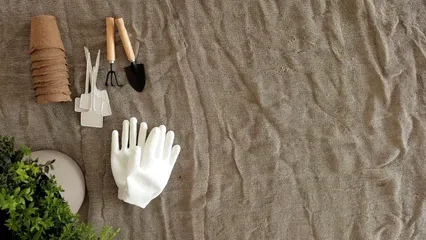
The USDA Plant Hardiness Zone Map
The USDA Plant Hardiness Zone Map is a crucial tool for gardeners. It helps determine which plants thrive in specific areas. First introduced in 1960, the map has evolved over the years. It now reflects the average annual minimum winter temperatures, divided into 13 zones. Each zone represents a 10-degree Fahrenheit range, aiding your plant selection process.
To find your hardiness zone, simply enter your ZIP code into the USDA’s interactive map. This feature provides quick and accurate results, guiding you on what to plant. For a visual representation, you can check out the interactive map here.
Importance of Knowing Your Hardiness Zone
Understanding your hardiness zone is vital for successful gardening. It influences the types of plants you can grow. Choosing plants suited to your zone increases their chances of thriving. Additionally, hardiness zones help you determine frost dates and growing seasons. Knowing these dates ensures you plant at the right time.
Planting outside a recommended hardiness zone can have negative consequences. Plants may struggle to survive, leading to stunted growth or even death. By adhering to your zone’s guidelines, you can create a flourishing garden that thrives through the seasons. And for those looking to simplify watering, consider an Automatic Plant Watering System. It takes the guesswork out of hydration!
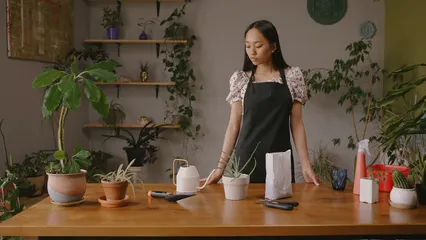
Regional Breakdown of Hardiness Zones
Hardiness Zones by Region in the U.S.
The U.S. is divided into several regions based on hardiness zones. Here’s a quick look:
- Northeast: Zones 1 to 7
- Southeast: Zones 7 to 10
- Midwest: Zones 3 to 6
- Southwest: Zones 3 to 10
- West: Zones 5 to 10
Each region has specific plants that flourish based on climate conditions. For example, the Northeast thrives with lilacs and coneflowers. In the Southeast, you’ll find azaleas and magnolias doing well. Knowing your region helps you select the best plants for your garden, leading to a more vibrant landscape. If you’re looking to start your garden with some amazing seeds, don’t miss the Organic Vegetable Seeds Variety Pack. It’s a great way to start your edible garden!
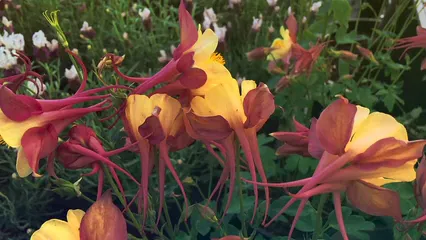
Utilizing native plants can enhance your garden’s ecosystem by attracting local wildlife.
Incorporating native plants into your garden can lead to a more sustainable and thriving ecosystem. Best native plants for attracting local wildlife
Selected Cities and Their Hardiness Zones
Understanding hardiness zones can significantly aid your gardening efforts. Below is a table showing major U.S. cities and their corresponding hardiness zones:
| City | Hardiness Zone |
|---|---|
| Albany, New York | 6a |
| Albuquerque, New Mexico | 7b/8a |
| Atlanta, Georgia | 8a/8b |
| Chicago, Illinois | 6a/6b |
| Dallas, Texas | 8b |
| Miami, Florida | 11a |
| New York, New York | 7b |
| San Francisco, California | 10a/10b |
| Seattle, Washington | 9a |
| Washington, D.C. | 7b/8a |
These zones highlight notable differences in plant adaptability across various climates. For instance, Miami’s Zone 11a supports tropical plants, while Albany’s Zone 6a is suitable for hardier varieties.

Factors Affecting Plant Growth Beyond Hardiness Zones
Temperature Variations
Temperature plays a crucial role in plant health. Extreme conditions can severely impact growth. For instance, unexpected heat waves can stress plants, leading to reduced yields. Similarly, sudden cold snaps can kill tender plants overnight.
Microclimates also come into play. These localized areas may experience different temperatures than the surrounding region. For example, a garden near a large body of water might be warmer in winter than areas further away. And to help manage those tricky watering needs, consider Plant Watering Spikes that can deliver moisture right to the roots!

Soil Conditions
Soil conditions greatly influence plant health. The pH level is vital. Most plants thrive in slightly acidic to neutral soil (pH 6-7). If your soil is too acidic or alkaline, nutrient absorption can suffer.
Moisture levels are equally important. Plants need adequate water, but too much can suffocate roots. Conversely, dry soil can hinder growth and lead to stress. Hence, knowing your soil type and health ensures successful gardening. To help with this, a Soil Moisture Meter can help you gauge the hydration needs of your plants.

Additional Environmental Factors
Plant health is influenced by various environmental factors. Humidity affects how plants manage water. High humidity can lead to disease, while low humidity can dry them out. Proper moisture levels are essential for vibrant growth.
Light exposure is another key aspect. Different plants require varying amounts of sunlight. Some thrive in full sun, while others prefer partial shade. Understanding these needs helps ensure your plants flourish. If you’re growing indoors, consider a LED Grow Light for Indoor Plants to give them the sunshine they crave!
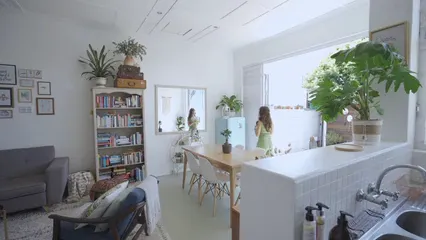
Wind can also impact plant health. Strong winds may damage delicate leaves or even uproot plants. Windbreaks, like fences or shrubs, can provide necessary protection.
Climate change is shifting hardiness zones. Many areas are experiencing warmer temperatures. This can affect which plants thrive where. Monitoring these changes helps gardeners adapt their choices.

Practical Tips for Gardeners
Choosing the Right Plants
Selecting the right plants is vital for success. Start by referring to your hardiness zone. Choose plants that are known to thrive in your specific zone. This increases their chances of survival and growth.
Consider local varieties that are adapted to your area. Many regions have unique plants that flourish in local conditions. Native plants often require less maintenance and are more resilient. To keep your gardening organized, using Plant Labels for Garden can help you keep track of what’s what!
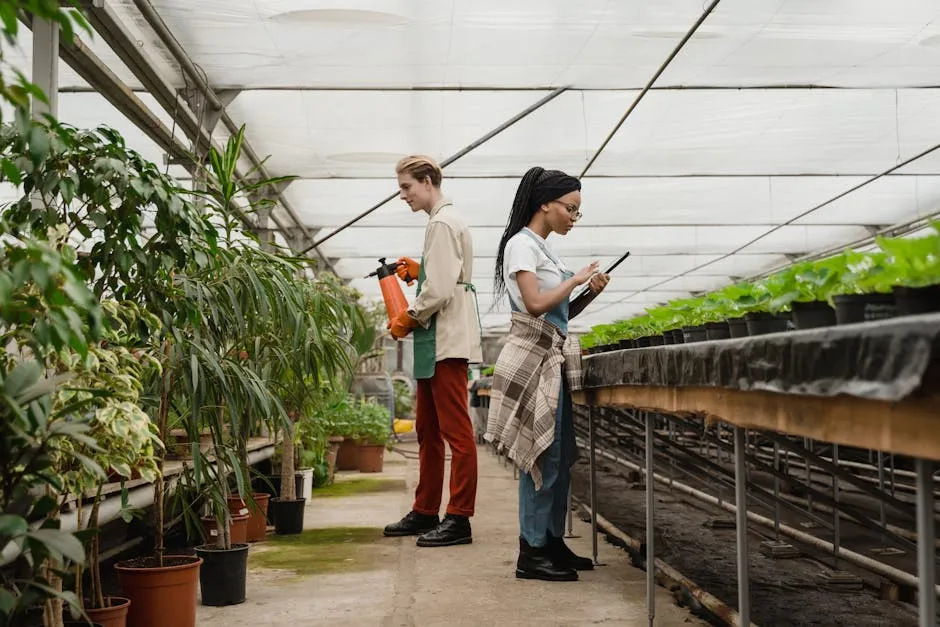
Gardening Techniques for Different Zones
Adapting gardening techniques to your hardiness zone is crucial. For colder zones, consider starting seeds indoors. This gives plants a head start before the last frost.
In warmer zones, focus on heat-tolerant varieties. Watering early in the morning helps prevent evaporation. Seasonal planting can also vary; know when to sow for optimal growth.
In all zones, maintaining healthy soil is key. Regularly check soil moisture and health. Adjust your care practices based on seasonal changes to ensure thriving plants. And for those looking to give their plants a nutrient boost, an Organic Fertilizer for Vegetables can work wonders!

Resources for Gardeners
When it comes to gardening, having the right resources is crucial. Here are some reliable options:
- USDA Plant Hardiness Zone Map: This interactive map is your go-to tool. Just enter your ZIP code to find your hardiness zone. It helps you select plants suited to your region. Check it out here.
- Local Extension Services: Many universities offer extension services. They provide research-based advice on gardening tailored to your local area.
- Gardening Websites: Websites like Gardenia and Martha Stewart’s gardening section offer insights, tips, and plant recommendations based on hardiness zones.
- Gardening Books: Look for books that focus on regional gardening. They often provide detailed plant lists and growing tips specific to your area.
- Social Media Groups: Join gardening groups on platforms like Facebook or Reddit. These communities share personal experiences, advice, and resources.
In addition to resources, consider using tools that can simplify your gardening tasks:
- Garden Planning Apps: Use apps like Garden Planner or Plan-a-Garden to design your garden layout. These tools help visualize your space and plan plant placements.
- Soil Testing Kits: Understanding your soil’s pH and nutrient levels is key. Kits are available online to help you assess and amend your soil for optimal plant growth.
- Weather Apps: Keep an eye on local weather conditions with apps that provide alerts for frost, rain, and temperature changes. This can help you protect your plants effectively.
- Compost Bin for Garden Waste: Don’t forget to recycle your garden scraps! A Compost Bin for Garden Waste helps you turn scraps into nutrient-rich compost!
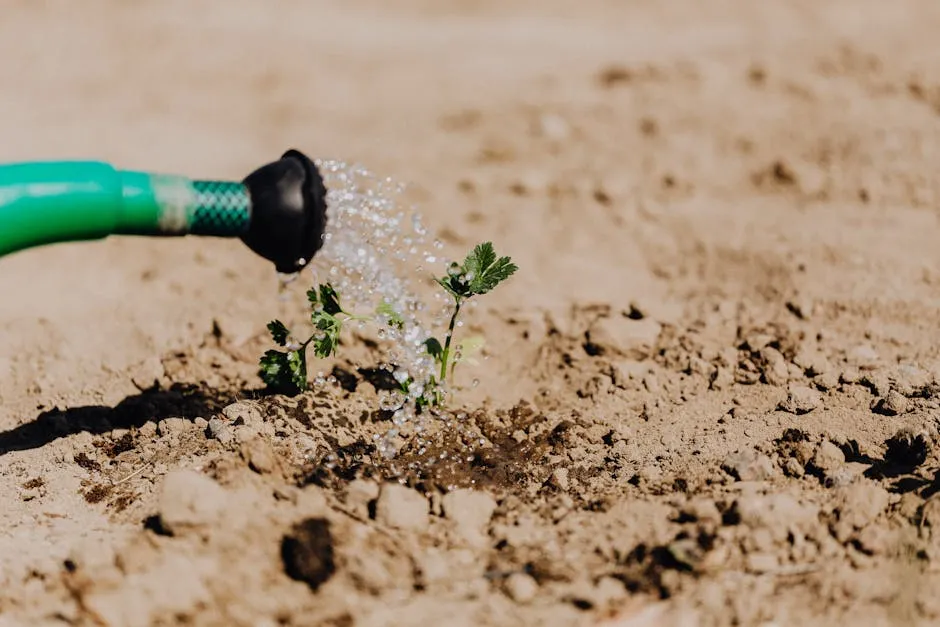
Conclusion
Understanding hardiness zones is vital for successful gardening. These zones guide you in selecting the right plants for your area. By researching your specific zone, you can choose plants that will thrive in your garden. This knowledge not only helps in plant selection but also aids in timing your gardening activities.
Gardening is a continuous learning experience. As climates shift, so should your approach. Stay informed and adapt your garden practices accordingly. And if you want to keep track of your gardening journey, try a Garden Journal for Planting Notes. Happy gardening, and remember to enjoy the journey!

FAQs
What is a plant hardiness zone?
A plant hardiness zone is a geographic area defined by its average annual minimum temperature. It helps determine which plants can survive in a specific location.
How can I find my gardening zone?
You can find your gardening zone using the USDA Plant Hardiness Zone Map. Simply enter your ZIP code for accurate results.
What should I do if my zone changes due to climate change?
If your zone changes, consider selecting plants that can adapt to the new conditions. Monitor local climate trends and adjust your garden accordingly.
Are there plants that can survive in multiple hardiness zones?
Yes, many plants can thrive in various zones. For instance, certain herbs and perennials are adaptable across several hardiness zones.
What other factors should I consider when planting?
Beyond hardiness zones, consider soil type, moisture levels, light exposure, and humidity. These factors significantly influence plant health and growth.
Please let us know what you think about our content by leaving a comment down below!
Thank you for reading till here 🙂
All images from Pexels



